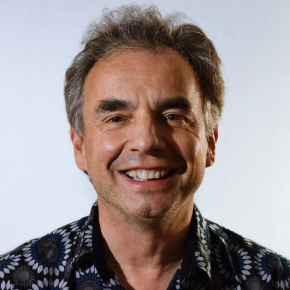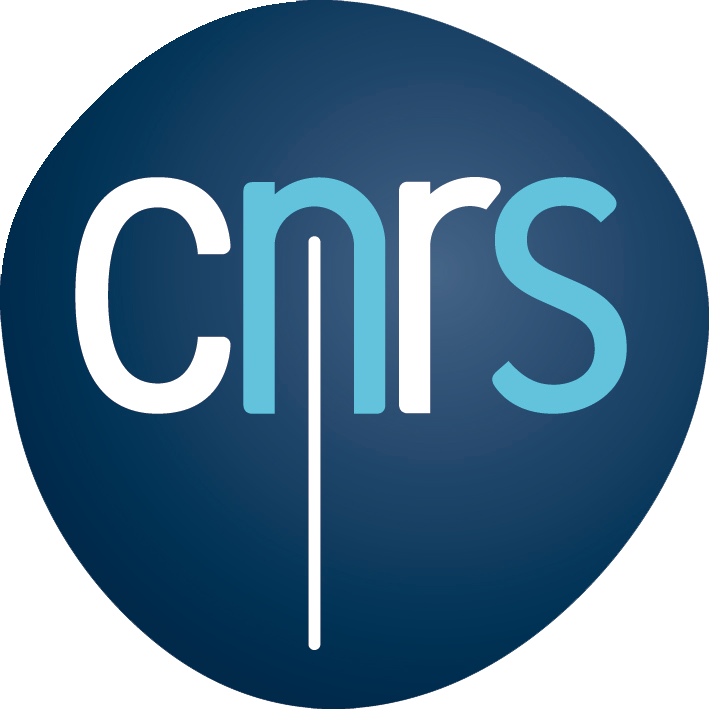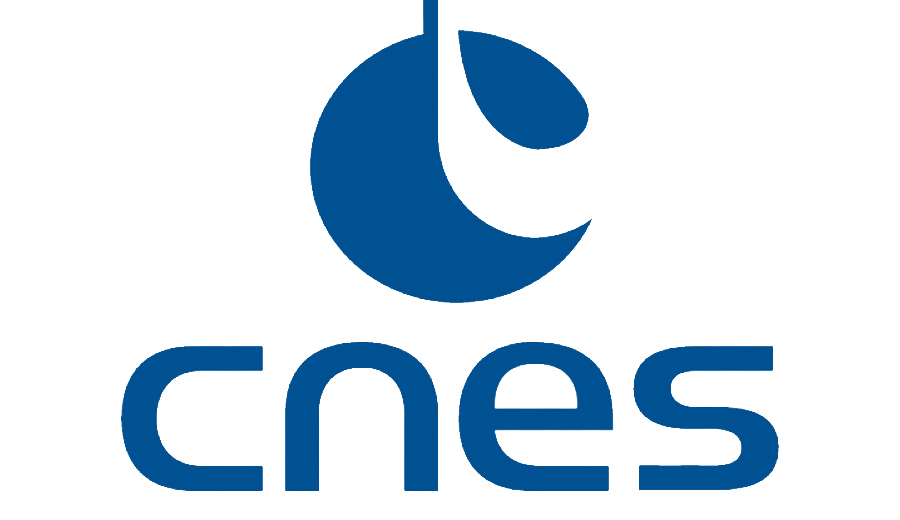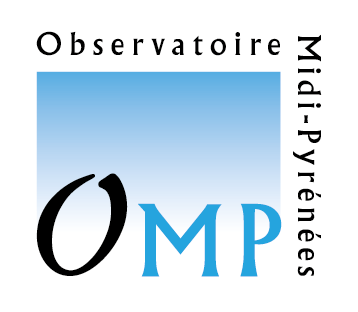INSU has a new Deputy Scientific Director for Astronomy and Astrophysics
Since January 1, 2022, Martin Giard succeeds Guy Perrin as Deputy Scientific Director (DSD) for the Astronomy – Astrophysics (AA) domain at INSU. Research Director at the Institute for Research in Astrophysics and Planetology (IRAP) in Toulouse, he was also in charge of space affairs at INSU. He tells us about his career and his future ambitions.

What is your background and what is your research about?
I am currently a research director at the CNRS where I have spent my entire career. My interest for the sky was directed very early on towards the dark and obscure zones of the Universe, those zones which are revealed to the observer by their “cold” radiation, from the infrared to the radio range. It is generally a tenuous medium composed of atoms, gas, molecules and dust from which galaxies, stars and planets are formed. The subject of my thesis work was to develop a small infrared stratospheric telescope (AROME) which showed the presence of large organic molecules in the Milky Way, our Galaxy. Such molecules raise the question of whether the appearance of life on Earth could have been favored by this interstellar molecular complexity.
Having contributed to several precursor instruments, on the ground or in stratospheric balloons, I quickly chose to focus on the study of the distant Universe by getting involved in the development of the PLANCK space mission of ESA. Started in 1994, launched in 2009, and operated until 2013, PLANCK has made an absolutely unprecedented survey of the polarized fossil radiation from the Big-Bang, as well as of the numerous infrared and microwave emissions of our Galaxy and distant galaxies.
Did you already have functions within the INSU before becoming DSD?
Yes, I was president of the Astronomy-Astrophysics Specialized Commission (CS AA) from 2007 to 2011, a responsibility that allowed me to understand the functioning of our discipline, which is structured from its laboratories around large instruments and observation services. I was able to participate in the coordination of the foresight exercise of 2009, the one by which our community defined its main priorities for the beginning of the 21st century, including that of the E-ELT, the European telescope of almost 40 meters in diameter which will enter into service in a few years.
I then directed the IRAP during its creation, from 2011 to 2016, a large laboratory of astronomy and ground-space astrophysics in the Occitanie region. Then I was, until recently, in charge of space affairs at INSU and of the “Space” group of the ten CNRS institutes.
What is your vision for INSU and why did you accept the role of DSD?
When the INSU management offered me the position, I said yes right away! INSU is totally indispensable to us. This national institute allows us to animate the entire Earth and Universe sciences community thanks to the Observatories of the Sciences of the Universe (OSU), these federative regional structures that support our scientific observation systems over the long term, for research that is always very fundamental concerning our place on Earth and in the Universe. Our laboratories bring together researchers, engineers and technicians with exceptional expertise, enabling us to play a leading role in international collaborations. Our scientific questions are a very strong cement for these large collaborations, and this is true even for the industrial partners who must be involved in the development of our instruments. Our teams play at the best world level, and make firsts regularly, it is a great honor, and it is very motivating to be their DSD.
What are your plans and ambitions as DSD?
Succeeding Guy Perrin is a real challenge! Over the last five years, he has done an exceptional job in anchoring the roadmap of French astronomy and astrophysics in the major infrastructures of the 21st century.
I wish to live up to the ambitions of our community. May it continue to illustrate itself by inventions and discoveries of the highest order. May it continue to dare to take on very difficult projects despite the uncertainties and all kinds of headwinds that we will have to face collectively. This is a very demanding exercise, and I am well aware of the pressure that this can put on the teams. I will therefore be particularly vigilant to ensure that this does not have a negative impact on individuals, and that our staff flourish in their work and receive the recognition they deserve.
IRAP Contact
- Martin Giard, martin.giard@irap.omp.eu, martin.giard@cnrs-dir.fr






